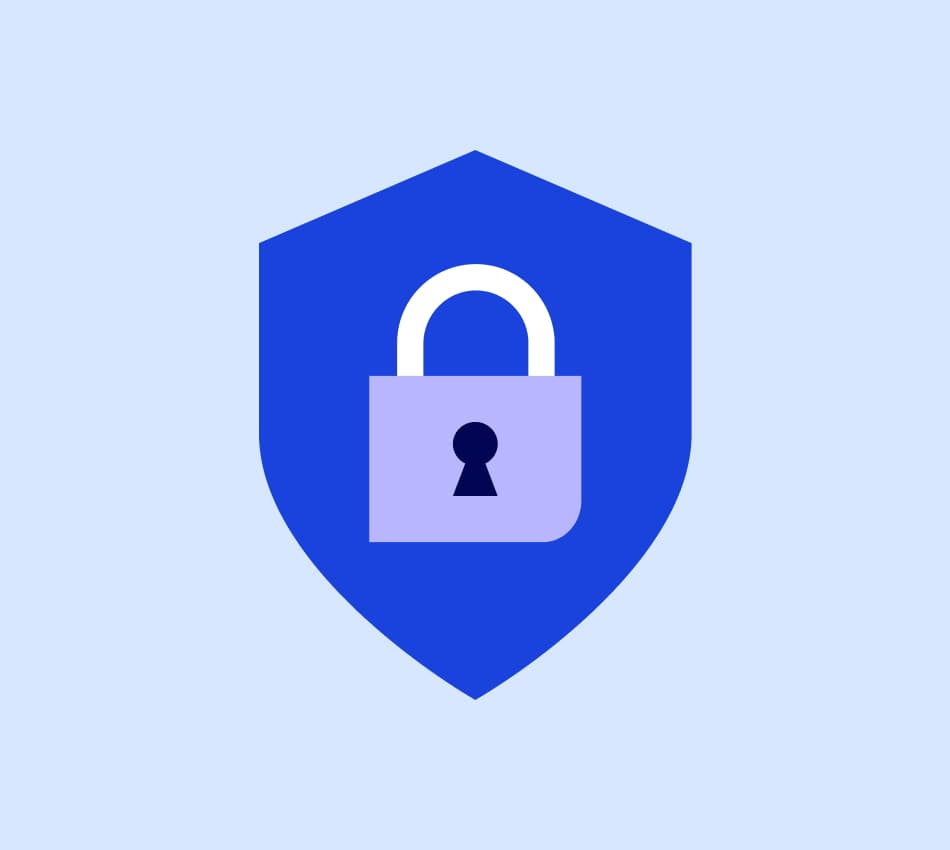When you think of identity theft, you might think of having personal information stolen and used to empty your bank accounts or run up your credit card balances.
But many aren’t aware that small businesses are also targets for identity theft. Business checking accounts are often more substantial than personal accounts, and they possess employee records containing valuable personal information, such as Social Security and driver’s license numbers.
Like individuals, small businesses are victims of identity theft every day, costing them millions of dollars annually and an incredible amount of lost productivity.
What is identity theft?
According to the Department of Justice, identity theft is when someone illegally obtains someone else’s personal information and uses it fraudulently, usually for financial gain.
Identity thieves use this information in a variety of ways including:
- Applying for new credit
- Filing fraudulent tax returns
- Using your identity to get healthcare
- Taking over your financial accounts
In some cases, thieves have even been known to give the police a false identity after arrest.
Common tactics used to steal your identity
Stealing information and identities from small businesses is a full-time criminal enterprise for some thieves, and they have many nefarious methods to get the information you’re trying so hard to safeguard. These methods can include:
- Phishing scams (email and SMS)
- Malware secretly downloaded onto your computers
- Hacking/data breaches
- Dumpster diving for documents containing personal information about your employees
- Stealing your wallet or credit cards
- Taking your mail that has been left unattended
- SIM card swap on your smartphone
- Phone scams (fake sweepstakes or lottery winnings, etc.)
Identity thieves are also not afraid of breaking and entering to steal files and other sensitive information that can wreak financial havoc for a company and its employees.
How to recognize identity theft
Fortunately, there are warning signs you can look for if you suspect you or your business have fallen victim to identity theft, like:
- Seeing unknown accounts on your credit report
- Noticing unfamiliar credit card charges or bank transactions
- Not receiving bills or other mail you expect
- Getting a notification that your information was part of a data breach
- An unexpected change in your credit score
- Claims on your insurance explanation of benefits that you don’t recognize
- Receiving a notification from your financial institution that your password has been changed, but you didn’t change it
It’s extremely important to teach your employees ways they can recognize identity theft, especially those responsible for handling employee records, benefits, or accounts receivable and payable.
5 ways to prevent identity theft
Most crimes are preventable, including identity theft. Here are five ways to protect yourself and your business from identity theft:
1. Be careful with personal information
Don’t give out your Social Security number or credit card numbers over the phone to people who should already have them, like your bank. Also, don’t carry personal information in your wallet if you’re not going to need it.
2. Protect accounts with strong passwords and multi-factor authentication
Don’t use the same password for multiple accounts. If identity thieves steal the password for one account, they can access other accounts and change your passwords to lock you out.
3. Review statements and bills often
When you receive bank statements via mail, you should always review them thoroughly, and you should frequently check your online bank accounts and statements. Also, check your bills to make sure all the charges are legitimate before you pay them.
4. Shred old documents
Identity thieves rummage through dumpsters, garbage cans, and wastebaskets looking for personal or business information they can use to steal your hard-earned money. Keep a high-quality shredder at home and in your office.
If your business has a large number of documents needing to be shredded each month, you can also use a professional, bonded shredding service to do it for you.
5. Check your credit report
Checking your credit report annually isn’t enough––consider checking it at least monthly. Some credit reporting services offer access to free credit reports once a quarter, or even more frequently. Be sure to take advantage of these convenient services to stay on top of your score and be aware of any drastic changes.
What to do if your identity is stolen
If you suspect or are certain your identity has been stolen, take these steps immediately:
1. Freeze your accounts
Contact your financial institutions and credit bureaus to freeze your accounts, including your business checking account(s). They’ll stay frozen and won’t allow any activity until you unfreeze them.
2. Report it
Report identity theft immediately to banks, credit card issuers, and credit bureaus. You may also need to file a police report and notify the FTC and Postal Service.
3. Change your passwords
Even though your account may have been accessed, you’ll still want to change your passwords and limit the damage done by identity thieves. This can help prevent further damage from being done.
All businesses, regardless of size or stage, should make information readily available to employees so they know exactly what to do to prevent identity theft––and how to respond if it occurs. Staying proactive about your information security can help your business and employees remain productive and protected.
